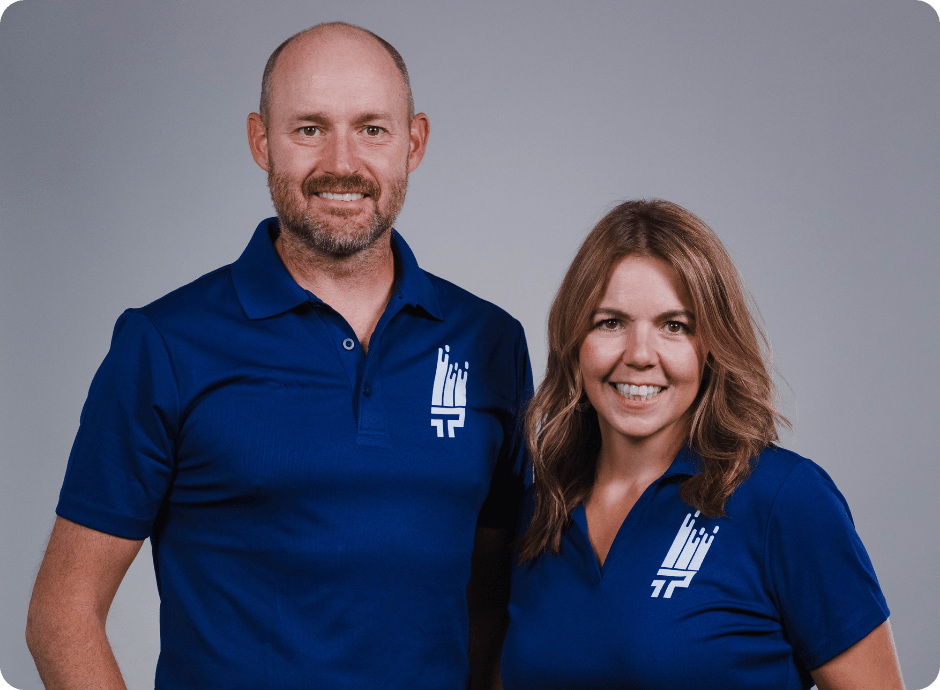Vital Painting Safety Tips Every Homeowner Must Know

Painting is one of the most rewarding and cost-effective ways to refresh your home’s look, whether you’re brightening a room in Capitol Hill or transforming a full exterior in Aurora Highlands. But before you uncap that paint can, there’s something even more important than choosing the perfect color: painting safety.
Every year, thousands of people suffer preventable injuries during home improvement projects, and many of them happen during painting. In a city like Denver, where elevation, changing weather, and unique architecture all play a role, staying safe while painting isn’t just smart—it’s essential.
At That 1 Painter Denver-Aurora, we prioritize your safety as much as your style. Whether you’re a DIY enthusiast or considering professional help, these tips will help you paint confidently and carefully.
Why Painting Safety Matters in the Mile High City
The Denver-Aurora region comes with its own set of challenges—higher elevation, sudden storms, and older homes with unique layouts. These factors add complexity to painting projects. Here’s why safety should be your first priority:
- Ladder-related injuries are among the top ER visits nationwide.
- Paint fumes can be more potent at altitude, especially without proper ventilation.
- Weather shifts in Colorado can turn a safe setup into a risky one in minutes.
- Children and pets are naturally curious and need to be protected from paint zones.
Safe practices don’t just protect your health—they ensure better, longer-lasting results for your home.
Safe Preparation Starts Before the First Stroke
Denver homes range from downtown lofts to spacious suburban houses. No matter your layout, start by clearing the work area:
- Move furniture and tripping hazards out of the room.
- Use non-slip drop cloths to prevent accidents on wood or tile floors.
- Tape off electrical outlets and switches to avoid drips and electric shocks.
- Keep kids and pets away from the area using baby gates or door signs.
- Ensure proper ventilation—open windows and use fans to reduce fume buildup.
At high altitudes, paint can dry faster, but that also means fumes concentrate more quickly. Proper airflow is critical in our climate.
Protective Gear Every Denver Painter Should Use
What you wear matters—especially when working indoors during colder months or tackling exteriors in the sun.
- Respirator or mask: Especially important for oil-based paint or sanding.
- Safety goggles: Protect against splashes and airborne debris.
- Gloves: Prevent skin irritation and chemical burns.
- Long sleeves/coveralls: Avoid contact with paint and harsh solvents.
- Non-slip shoes: Vital for ladder stability on uneven terrain or icy sidewalks.
Ladder Safety: A Must in Multi-Story Denver Homes
From two-story Victorians in Washington Park to newer homes in Green Valley Ranch, ladder use is common—but risky. Here’s how to stay safe:
- Use a ladder rated for your weight and height needs.
- Never stand on the top step or lean too far.
- Set up on flat, stable ground—avoid icy or sloped areas.
- Keep three points of contact at all times.
- Use tool belts, not your hands, to carry brushes and rollers.
- Always have a spotter nearby when working at height.
Electrical and Ventilation Considerations
Painting near outlets? Always:
- Turn off power at the breaker before removing switch plates or fixtures.
- Use rubber-handled tools around wires.
- Avoid extension cord tangles—tape cords to the floor to prevent tripping.
- Keep windows open or fans running, especially in older Denver homes with smaller window coverage.
Outdoor Painting in Colorado? Plan for the Weather
Painting your exterior in Denver-Aurora means contending with sudden rain, intense sun, or wind gusts:
- Check the forecast—start projects only during clear weather windows.
- Avoid painting in direct midday sun, which can cause premature drying and streaking.
- Wear UV protection like sunscreen and wide-brim hats.
- Stay hydrated, especially at elevation, where dehydration can sneak up on you.
- Be mindful of power lines, especially when painting near second stories or roof edges.
Painting Safely in Different Rooms
Every room has unique challenges:
- Kitchens: Clean grease first and unplug appliances.
- Bathrooms: Watch for mold—use mold-resistant primer and proper ventilation.
- Bedrooms/Nurseries: Use low-VOC or no-VOC paint to reduce health risks.
- Basements: Often lack airflow—use fans and wear a respirator.
Seasonal Safety Tips for Denver-Aurora
- Spring & Fall: Ideal for exterior projects with mild temperatures and low humidity.
- Summer: Watch for heat exhaustion and schedule early morning or evening work.
- Winter: Avoid painting outdoors due to cold and moisture—interior projects only, with heaters used safely.
Emergency Prep and Environmental Care
Keep a first-aid kit handy with eye wash, burn ointment, and bandages. Store paints away from heat sources and dispose of them properly through Denver’s local hazardous waste programs.
Help the planet while you paint:
- Use eco-friendly paints to reduce indoor air pollution.
- Never dump leftover paint in the soil or drains.
- Donate extras to local art programs or community projects.
When to Call the Pros
Some jobs are too tall, too risky, or too time-consuming to DIY. Whether it’s a high-ceiling entryway in Highlands Ranch or full exterior makeover in Aurora, That 1 Painter Denver-Aurora is here to help.
We specialize in:
- Ladder-safe exterior painting
- Lead-safe practices for older homes
- Proper prep and cleanup
- Low-VOC options for sensitive spaces
- Fast, flawless finishes with safety top-of-mind

Safe, Stylish, and Stress-Free with That 1 Painter
Painting your home should be exciting—not dangerous. With a focus on safety and professional quality, we help Denver-Aurora homeowners achieve stunning results without the risk.
Let’s paint smart and safe—together.
📞 Contact That 1 Painter Denver-Aurora today to schedule your consultation!